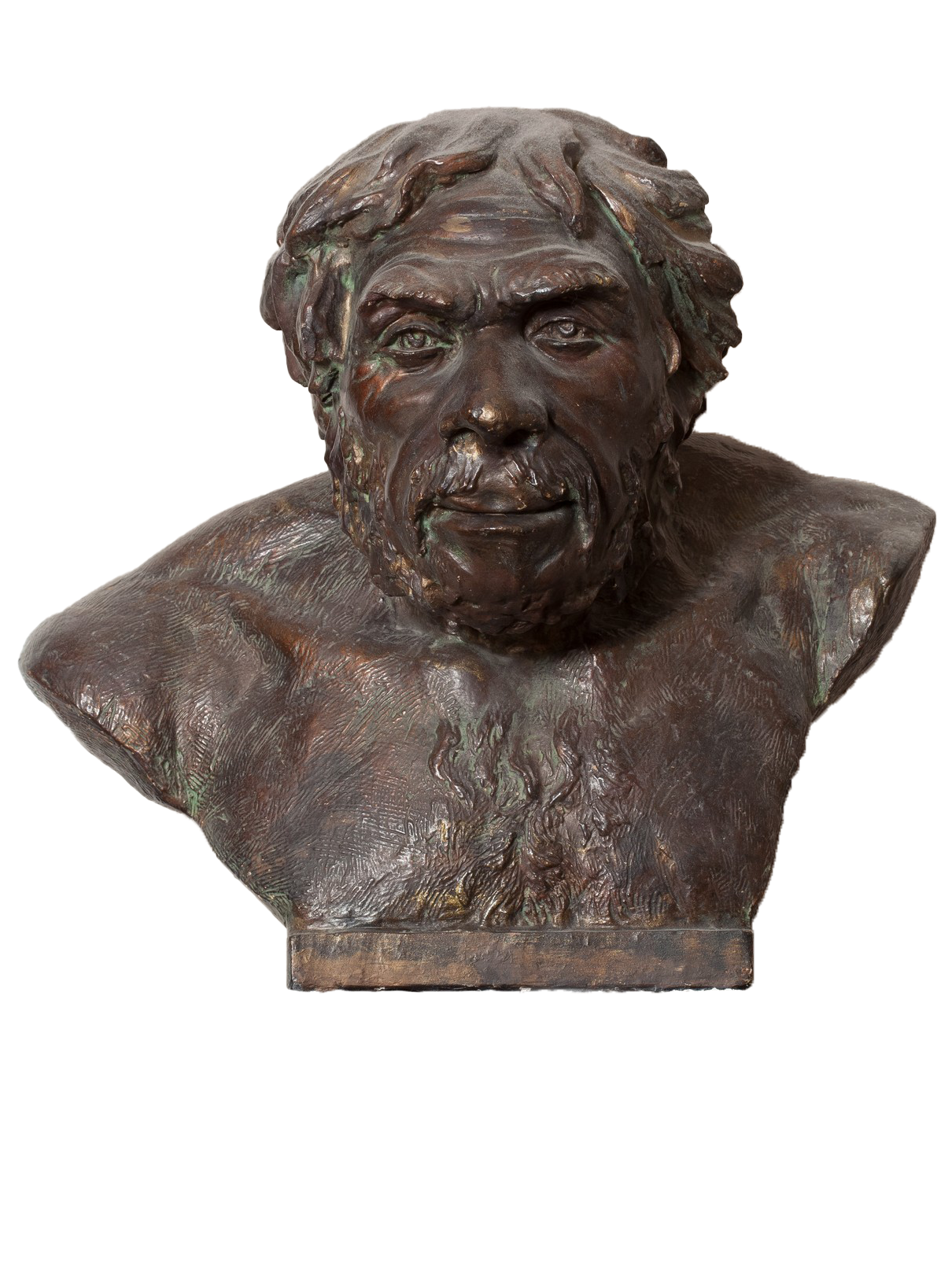Portrait sculpture of HOMO SAPIENS NEANDERTHALENSIS

HOMO SAPIENS NEANDERTHALENSIS or Neanderthal (130 – 28 thousand years ago). Portrait sculptures of ancient human ancestors presented in the hall were made after the method of scientific human appearance reconstruction based on skull bone remains. This method was developed by famous soviet archaeologist and anthropologist, member of the Academy of Sciences Mikhail Mikhaylovich Gerasimov. Homo sapiens neanderthalensis – is one of the most studied species of fossil man up to date, that was formed under the influence of harsh conditions of the Ice Age. They possessed many of human features of body organization and behavior, but still were different from us – among other differences was protuberant massiveness of their skeletons and skulls. According to recent research, Neanderthals were able to hybridize with anatomically modern humans, possessed evolved skills in manufacturing different tools, and had early religious and spiritual beliefs (in particular, they buried their deceased tribesmen in accordance with defined rituals). The reasons behind the extinction of the Neanderthals are still a question under discussion of researchers.
